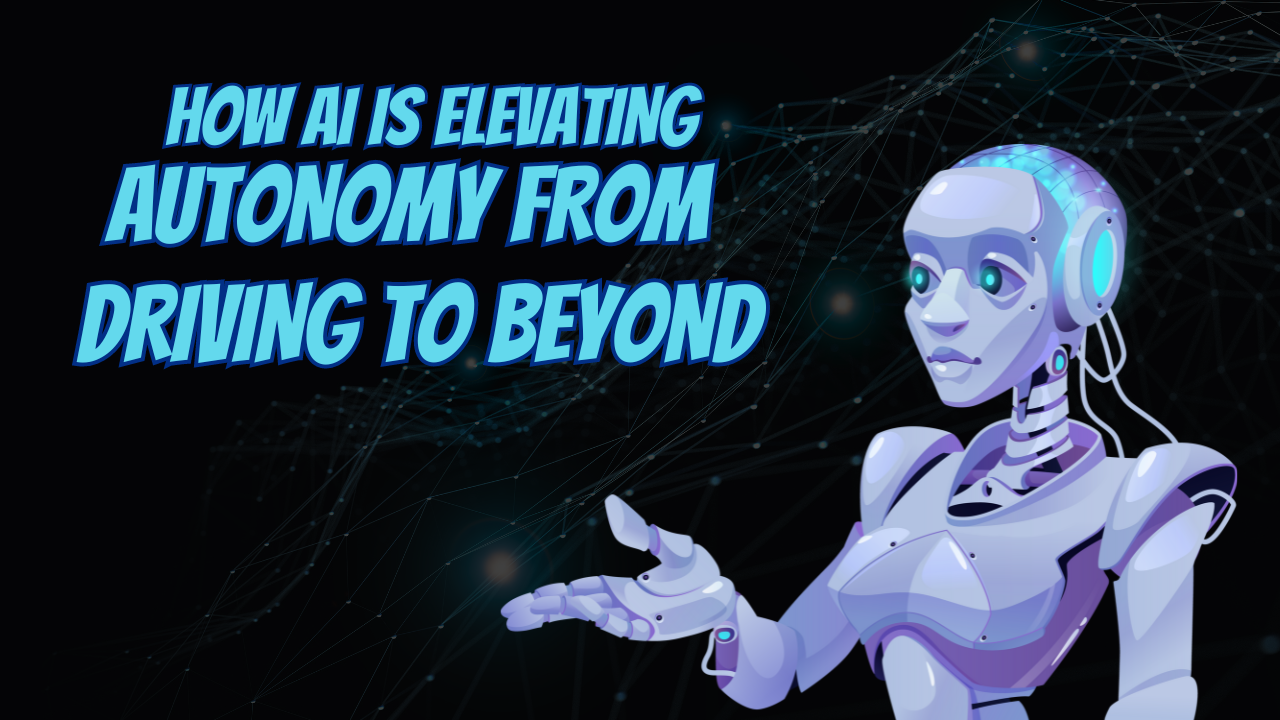Introduction
So AI in the automotive industry is, fundamentally still relatively new and now a major driving force behind vehicles being made different which can be interesting. This creates a foundation for driverless cars, increasing safety and efficiency in the changing landscape of how we will get around.
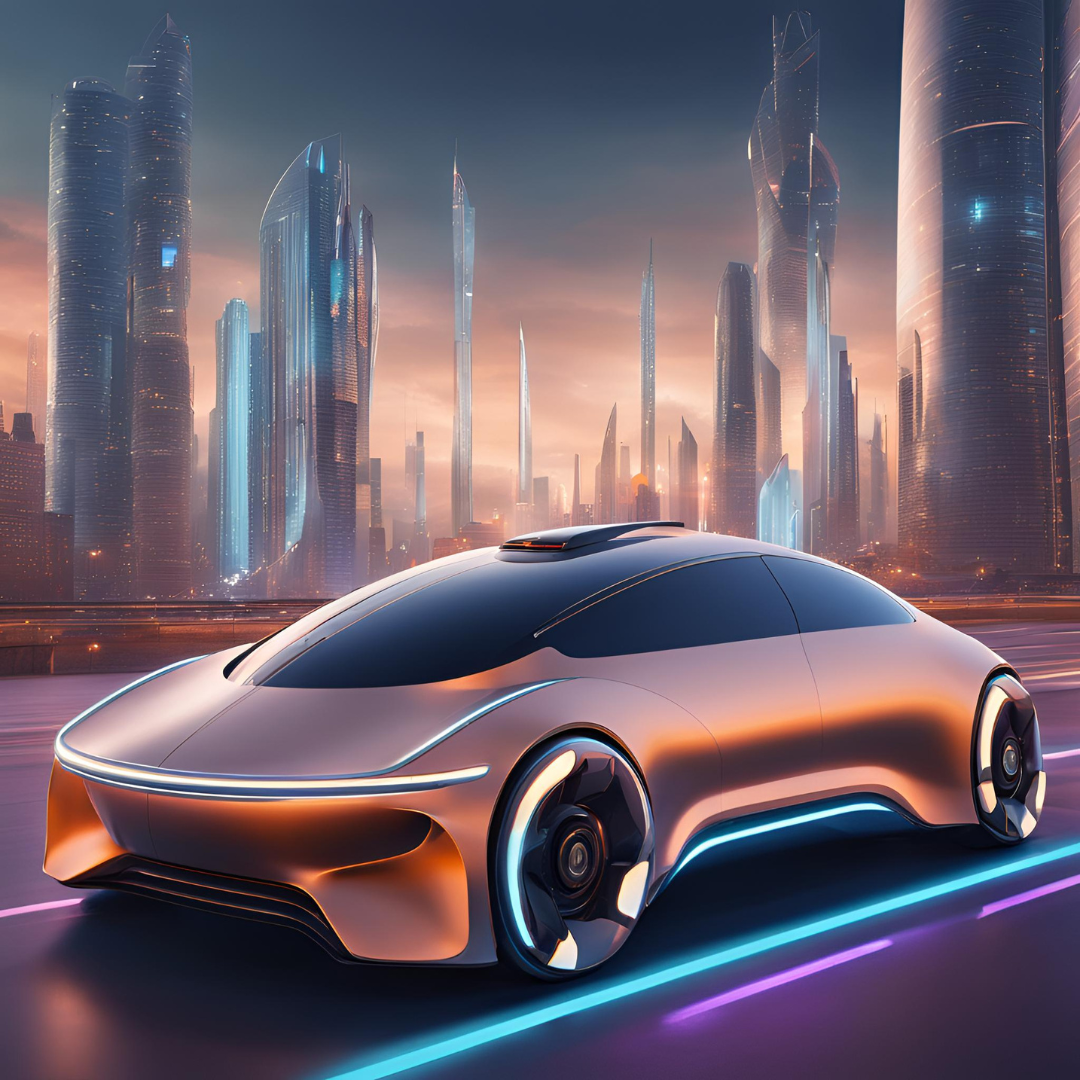
AI-Powered Autonomous Driving
In fact, autonomous driving is the most advanced form of AI usage in the automobile industry. Vehicles need to be self navigational and autonomous which can only be achieved using AI tools like machine learning, computer vision and sensor fusion.
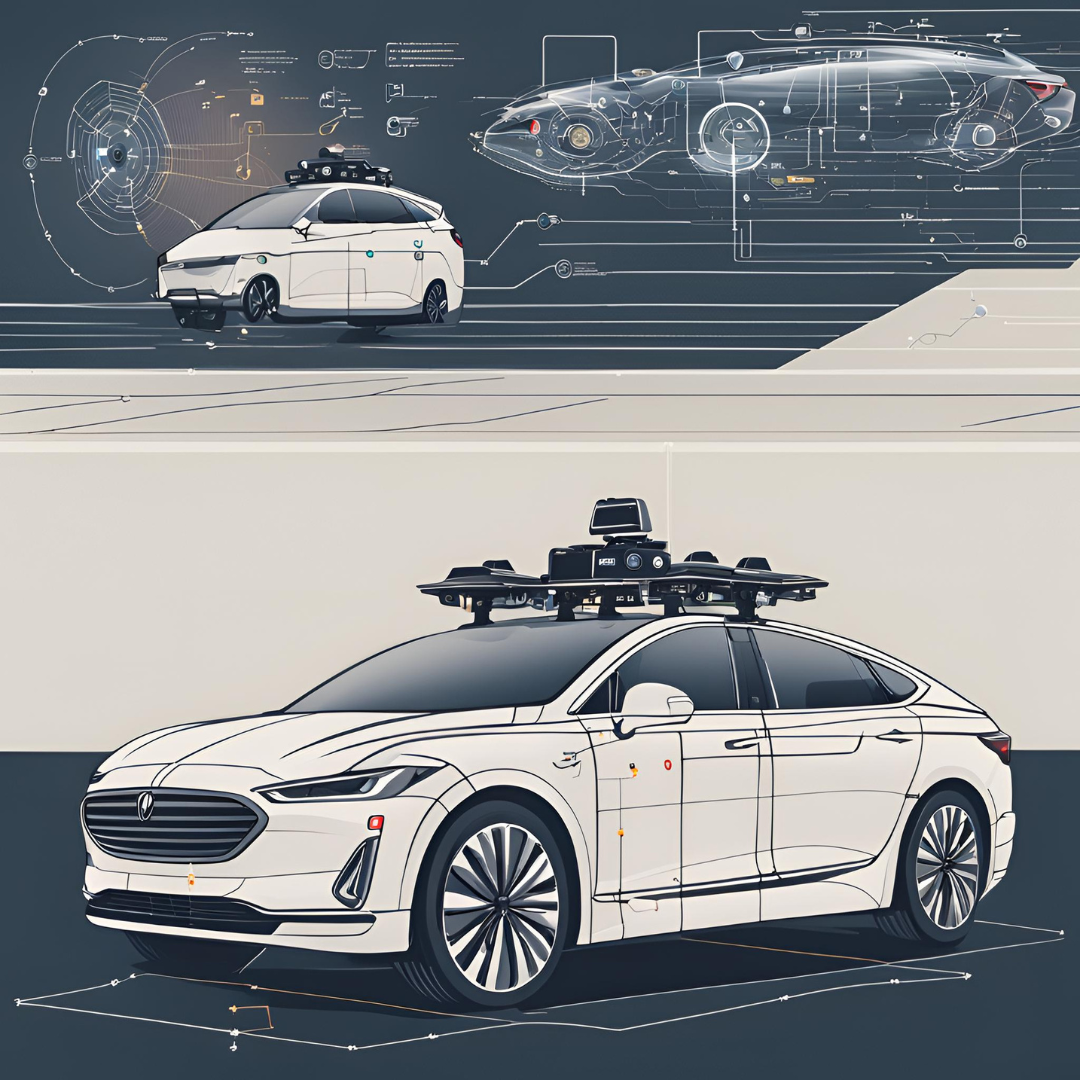
Enhanced Vehicle Safety and Efficiency
AI has a key role in making vehicle safety and efficiency better with advanced analytics and control systems. Predictive analytics programs study real-time data from sensors to predict possible dangers allowing safety actions such as collision avoidance and adaptive cruise control to take early action. These systems not improve driver safety but also better fuel efficiency and lower emissions by adjusting engine performance according to driving conditions.
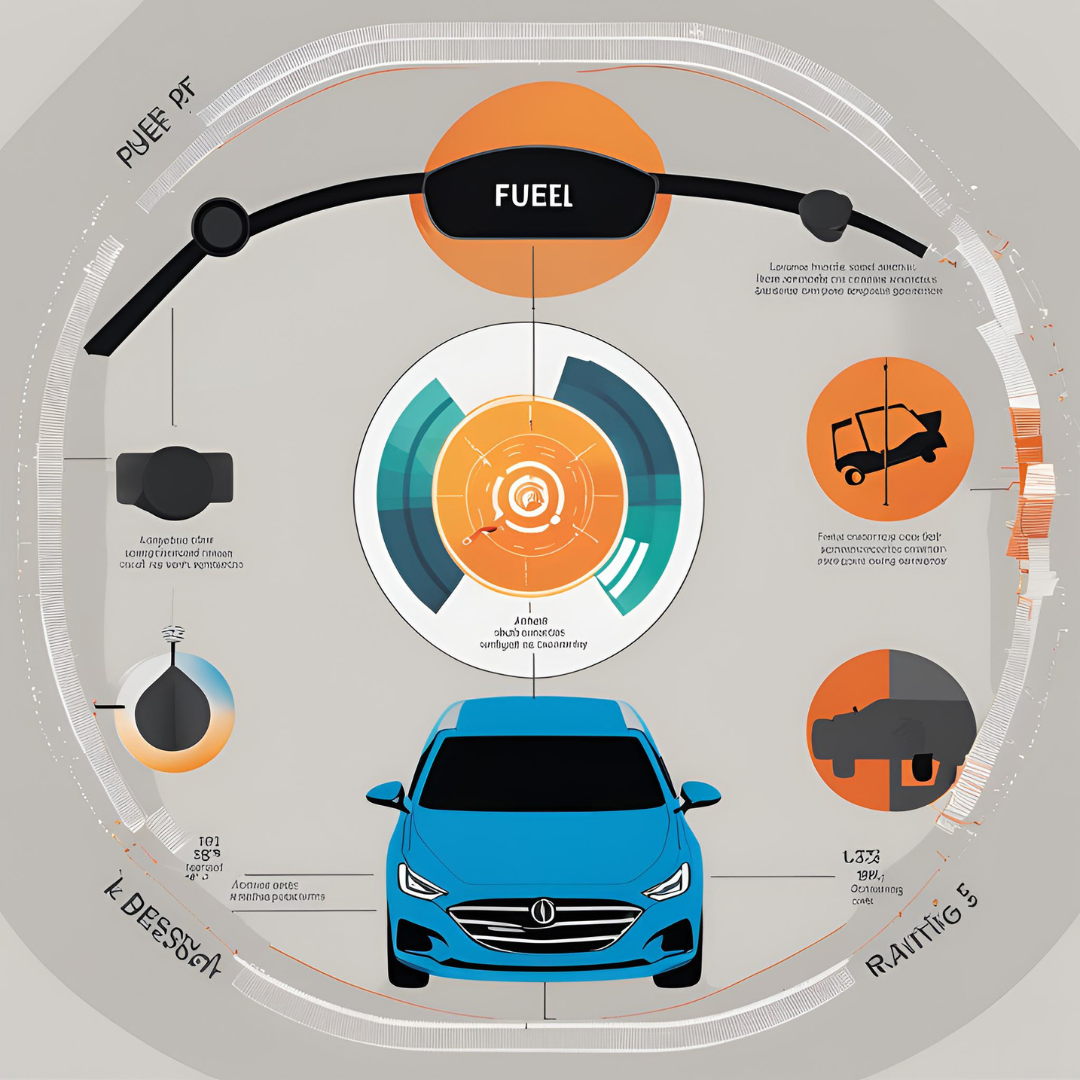
Personalized Driving Experiences
AI-driven personalization changes the way we drive by making settings fit personal likes. Voice recognition systems allow control of infotainment and navigation without using hands, while clever helpers like Apple’s Siri and Google Assistant offer updates and advice based on what users like and how they drive. These features not make driving easier but also make it safer by reducing distractions.
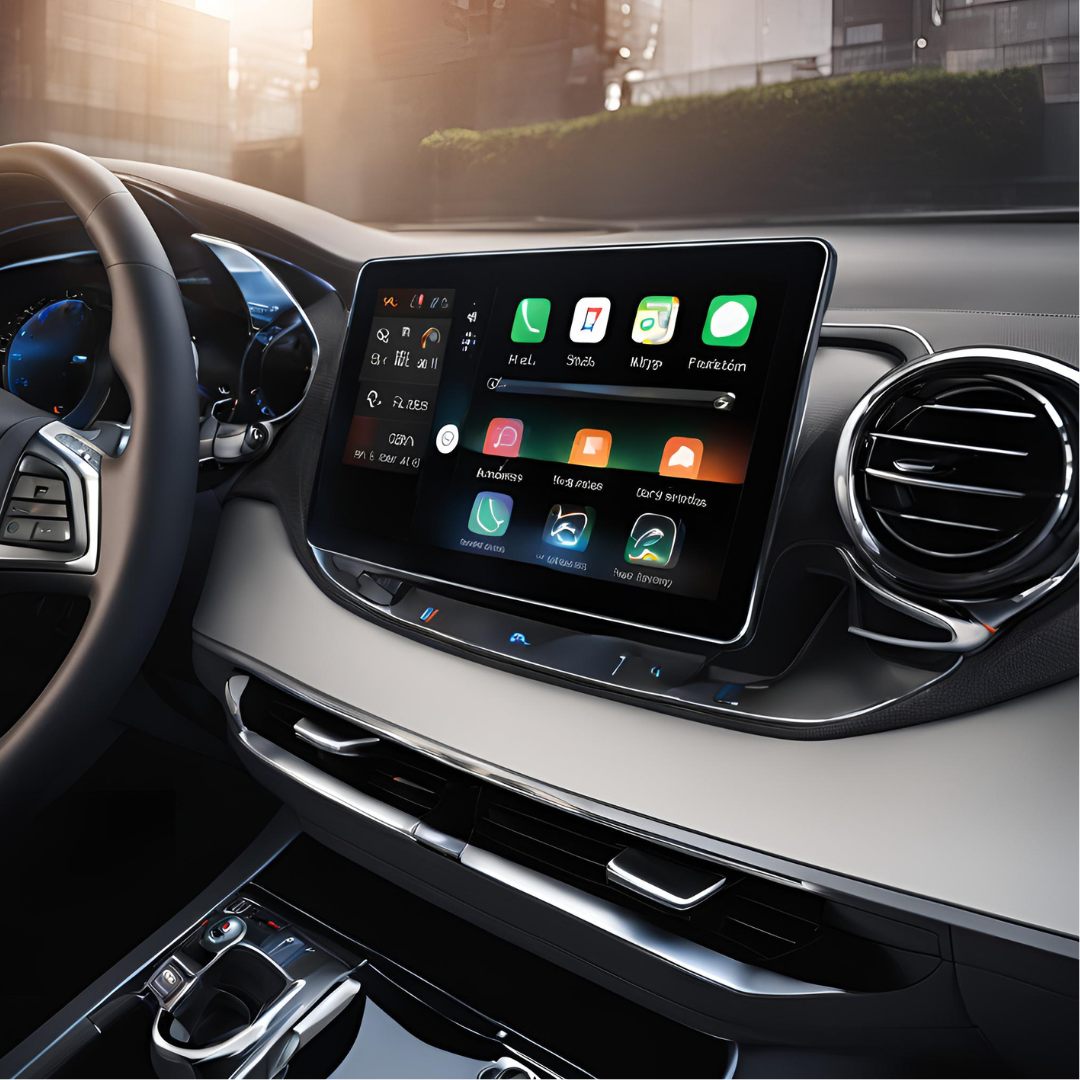
Manufacturing and Supply Chain Optimization
Behind the scenes, AI is causing a revolution in automotive making and managing the supply chain. AI-powered robots and automation tools make assembly lines more efficient, lower the cost of making things, and raise accuracy in making. Predictive maintenance programs keep equipment working well, reduce stops in work, and boost total productivity. Also, AI-guided logistics improve how inventory is managed and goods are distributed making sure parts and vehicles arrive on time to satisfy customer needs.
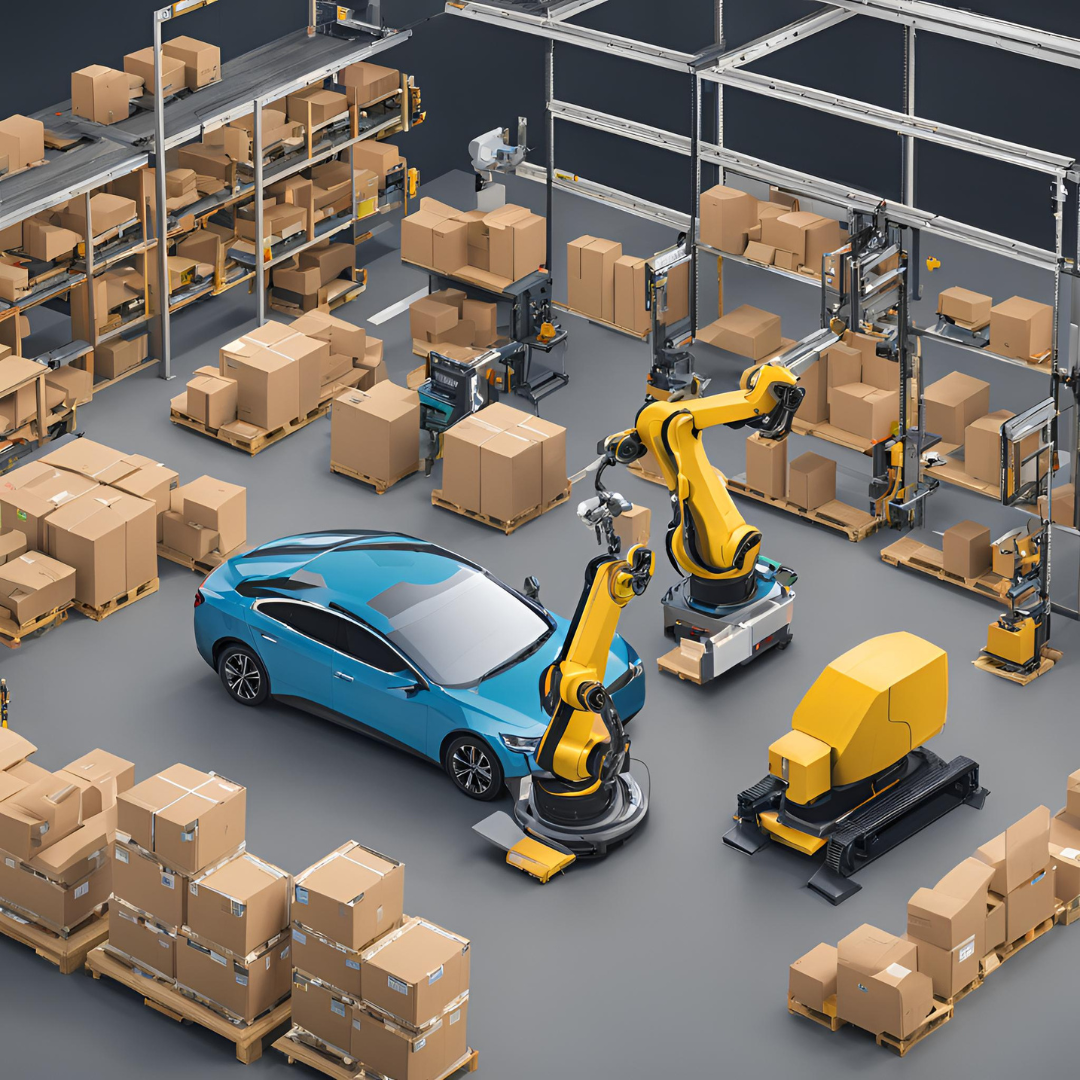
AI in Sustainability and Environmental Impact
In reply to worldwide worries about climate change and environmental protection, AI is advancing innovations in eco-friendly car options. Electric and hybrid cars gain from AI technologies that enhance battery function, handle energy use, and increase travel distance. AI algorithms review vehicle data to better power efficiency and cut down carbon traces taking large steps toward a more eco-friendly car industry.
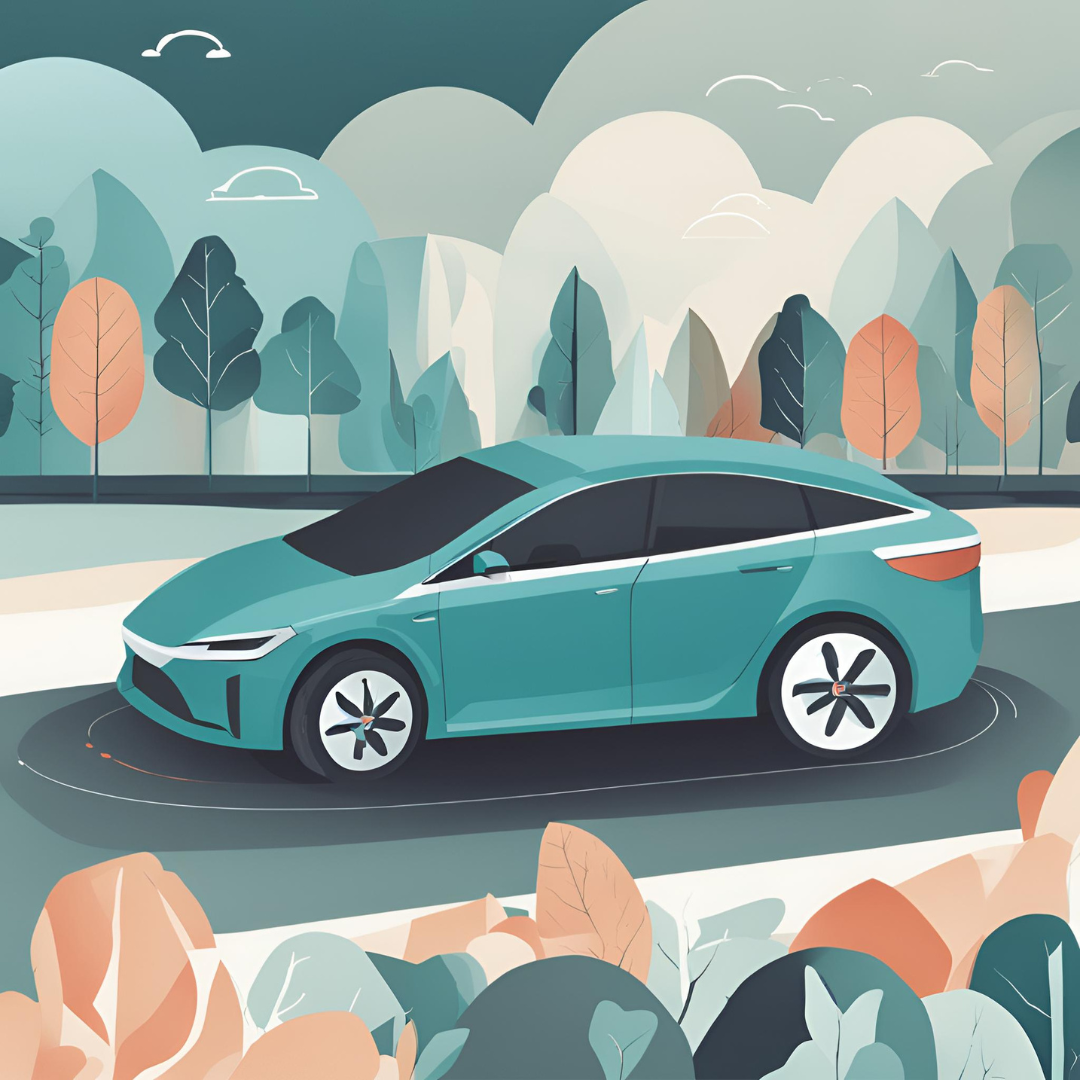
Challenges and Future Trends
While the broad advantages of AI in cars are large, problems still exist. Ethical issues about data secrecy, cybersecurity, and responsibility in self-driving car situations need careful thought and rules control. Moving forward future trends consist of developments in AI-driven advanced driver support systems combining with smart city frameworks, and other progress in self-driving car abilities.
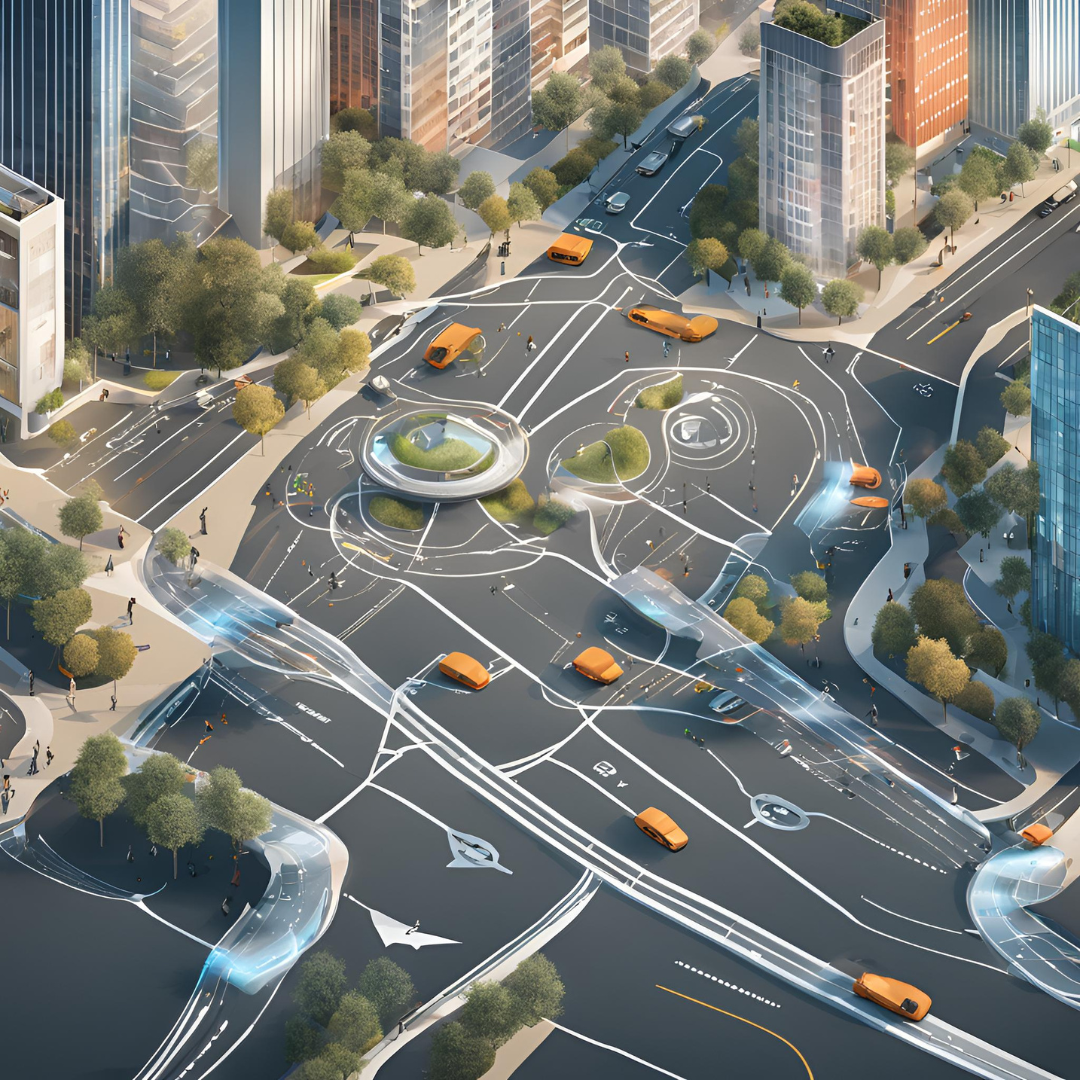
Conclusion
Artificial Intelligence is changing the automotive industry and is redefining how we move. From self-driving cars to customized experiences and green answers, innovations powered by AI offer safer more effective, and eco-friendly transportation options. As this technology grows, using AI in the automotive industry promises a future where driving is more than transportation; it is an experience filled with intelligence and creativity.

